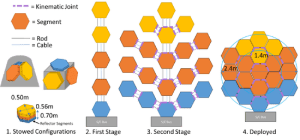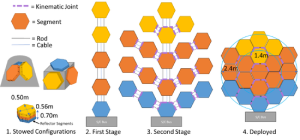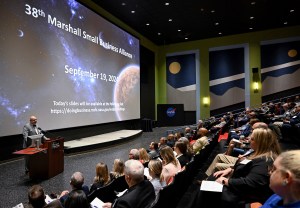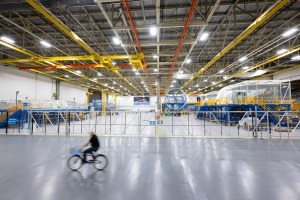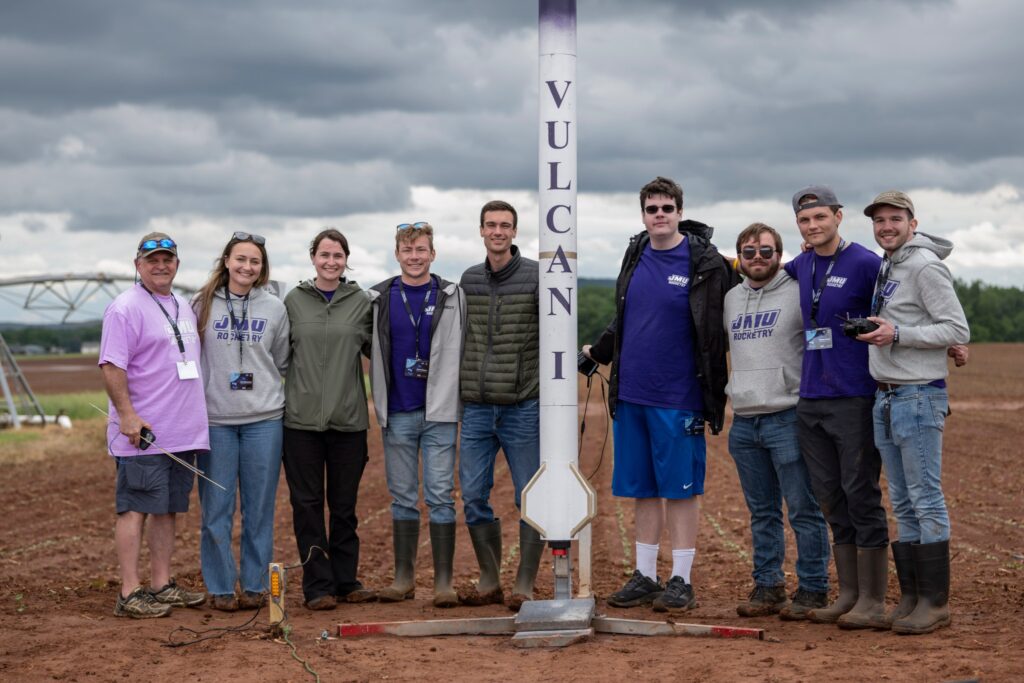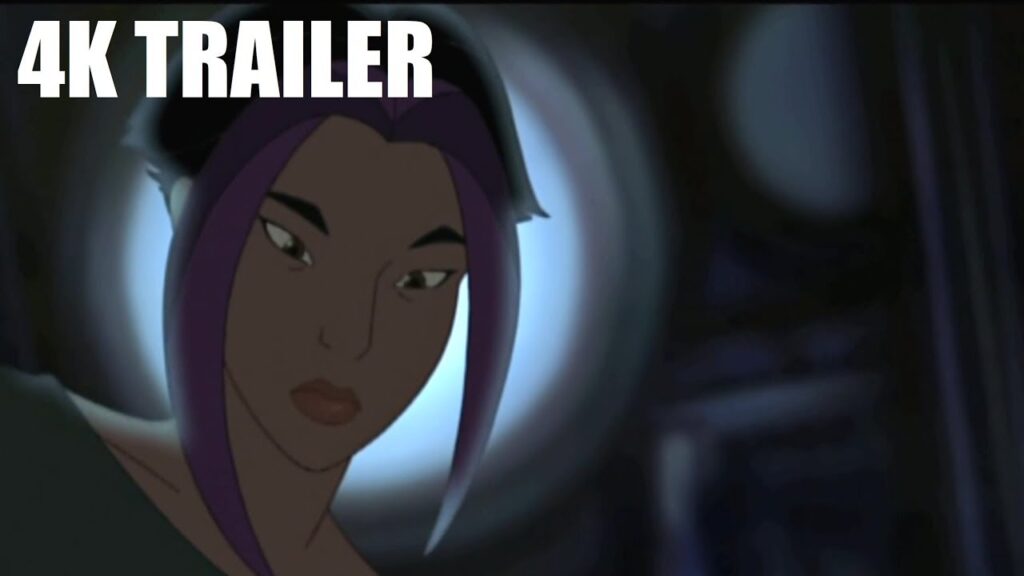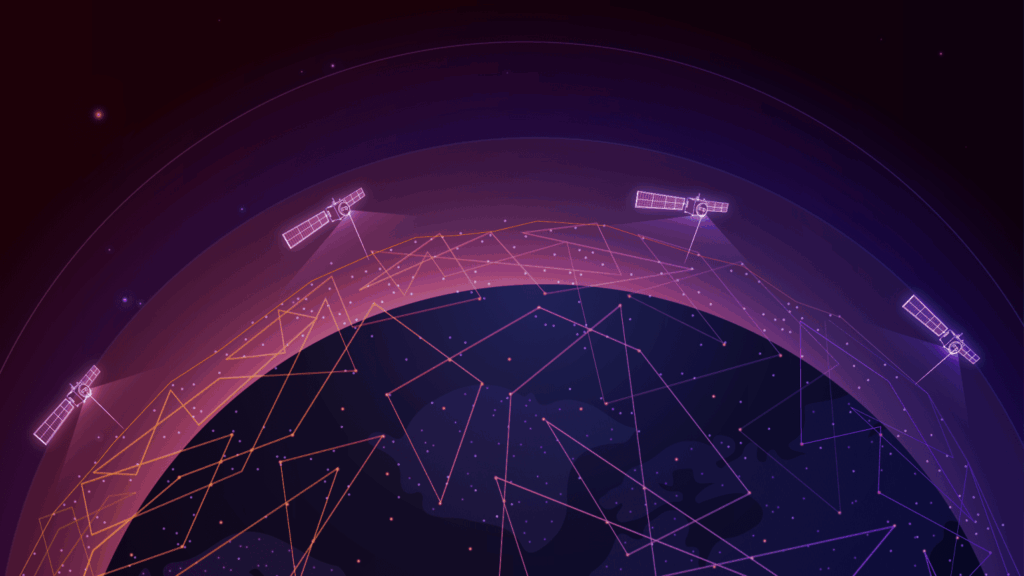4 min read
Preparations for Next Moonwalk Simulations Underway (and Underwater)
By Savannah Bullard
A new NASA competition, the LunaRecycle Challenge, is open and offering $3 million in prizes for innovations in recycling material waste on deep space missions.
As NASA continues efforts toward long-duration human space travel, including building a sustained human presence on the Moon through its Artemis missions, the agency needs novel solutions for processing inorganic waste streams like food packaging, discarded clothing, and science experiment materials. While previous efforts focused on the reduction of trash mass and volume, this challenge will prioritize technologies for recycling waste into usable products needed for off-planet science and exploration activities.
NASA’s LunaRecycle Challenge will incentivize the design and development of energy-efficient, low-mass, and low-impact recycling solutions that address physical waste streams and improve the sustainability of longer-duration lunar missions. Through the power of open innovation, which draws on the public’s ingenuity and creativity to find solutions, NASA can restructure the agency’s approach to waste management, support the future of space travel, and revolutionize waste treatments on Earth, leading to greater sustainability on our home planet and beyond.
“Operating sustainably is an important consideration for NASA as we make discoveries and conduct research both away from home and on Earth,” said Amy Kaminski, program executive for NASA’s Prizes, Challenges, and Crowdsourcing program. “With this challenge, we are seeking the public’s innovative approaches to waste management on the Moon and aim to take lessons learned back to Earth for the benefit of all.”
NASA’s LunaRecycle Challenge will offer two competition tracks: a Prototype Build track and a Digital Twin track. The Prototype Build Track focuses on designing and developing hardware components and systems for recycling one or more solid waste streams on the lunar surface. The Digital Twin Track focuses on designing a virtual replica of a complete system for recycling solid waste streams on the lunar surface and manufacturing end products. Offering a Digital Twin track further lowers the barrier of entry for global solvers to participate in NASA Centennial Challenges and contribute to agency missions and initiatives.
Teams will have the opportunity to compete in either or both competition tracks, each of which will carry its own share of the prize purse.
The LunaRecycle Challenge also will address some of the aerospace community’s top technical challenges. In July 2024, NASA’s Space Technology Mission Directorate released a ranked list of 187 technology areas requiring further development to meet future exploration, science, and other mission needs. The results integrated inputs from NASA mission directorates and centers, industry organizations, government agencies, academia, and other interested individuals to help guide NASA’s space technology development and investments. This list and subsequent updates will help inform future Centennial Challenges.
The three technological needs that LunaRecycle will address include logistics tracking, clothing, and trash management for habitation; in-space and on-surface manufacturing of parts and products; and in-space and on-surface manufacturing from recycled and reused materials.
“I am pleased that NASA’s LunaRecycle Challenge will contribute to solutions pertaining to technological needs within advanced manufacturing and habitats,” said Kim Krome, acting program manager for agency’s Centennial Challenges, and challenge manager of LunaRecycle. “We are very excited to see what solutions our global competitors generate, and we are eager for this challenge to serve as a positive catalyst for bringing the agency, and humanity, closer to exploring worlds beyond our own.”
NASA has contracted The University of Alabama to be the allied partner for the duration of the challenge. The university, based in Tuscaloosa, Alabama, will coordinate with former Centennial Challenge winner AI Spacefactory to facilitate the challenge and manage its competitors.
To register as a participant in NASA’s LunaRecycle Challenge, visit: lunarecyclechallenge.ua.edu.
NASA’s LunaRecycle Challenge is led by the agency’s Kennedy Space Center in Merritt Island, Florida, with support from Marshall Space Flight Center in Huntsville, Alabama. The competition is a NASA’s Centennial Challenge, based at NASA Marshall. Centennial Challenges are part of NASA’s Prizes, Challenges, and Crowdsourcing program within the agency’s Space Technology Mission Directorate.
For more information on LunaRecycle, visit:
Jasmine Hopkins
Headquarters, Washington
321-432-4624
jasmine.s.hopkins@nasa.gov
Lane Figueroa
Marshall Space Flight Center, Huntsville, Ala.
256-544-0034
lane.e.figueroa@nasa.gov
